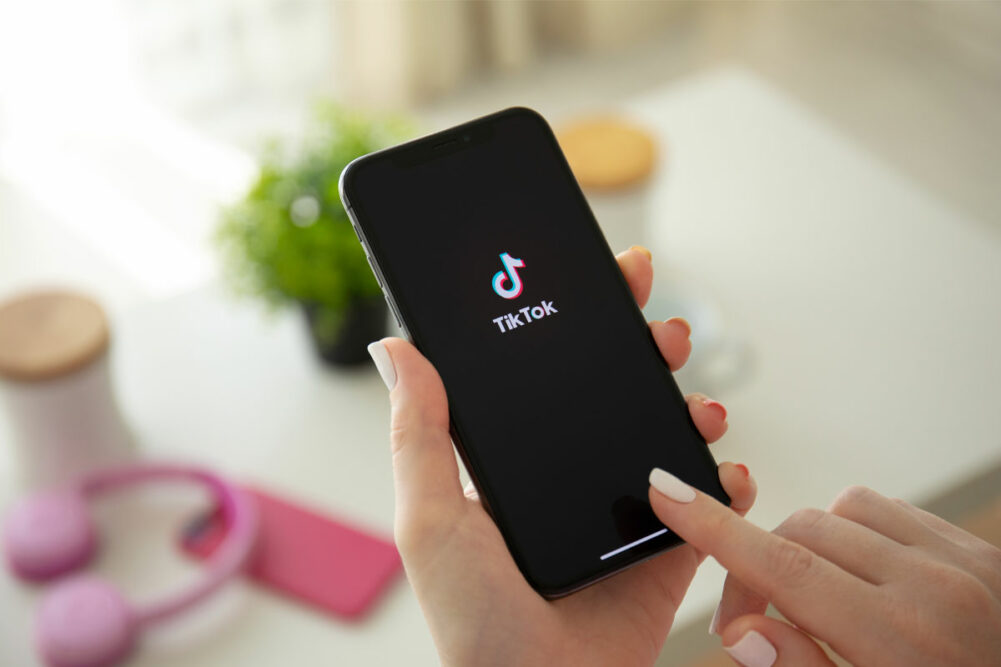In the monthly “SKU View” series, Food Entrepreneur is tapping the expertise of mentors and startup founders at SKU, a consumer products accelerator based in Austin, Texas, to deliver insights on issues that affect early-stage food and beverage brands.
AUSTIN, TEXAS — The world wide web can feel like the wild, wild west for startup founders seeking to expand a brand’s online following. There are many factors to consider when crafting a social media strategy, according to Alison Smith and Karin Samelson, co-founders of Umai Marketing.
The Austin-based agency has worked with numerous emerging brands, including Serenity Kids, Canteen Spirits and Wondercide. Ms. Smith and Ms. Samelson are experts in social media, content creation, email marketing and influencer and affiliate marketing.
Food Entrepreneur: What are the dos and don’ts of engaging your target audience on social media?
Alison Smith and Karin Samelson: Do get real and be authentic. Do work with creators and micro-influencers in exchange for free product. Nothing works better than word-of-mouth marketing; seed your audience and drive interests by setting aside approximately 15% or more of your marketing budget towards free-product exchange to social influencers and creators.
Don’t focus on the overall aesthetic of your feed. Gone are the days where a curated feed is the move. Create a brand guideline document and utilize it to ensure your brand’s beauty shines through, but reposting user-generated content and influencer content that doesn’t totally match your aesthetic will bring unmatchable clout and social proof and will actually help expand your brand’s reach and evolve your overall aesthetic.
Don’t waste too much time with cold community engagement. Time is of the essence when you’re a busy founder. If you can hire an intern to do this, then they can trial playing with the Dollar Eighty tactic (Google it) to see if they can get good traction. If you can’t hire someone else to do this, prioritize making true connections with new or key potential followers — send a personalized direct message, an authentic comment, etc.
Which platforms are the best to use if time and resources are limited?
Ms. Smith and Ms. Samelson: For community and education, use Instagram. For reach and entertainment, use TikTok
If your product lends itself to a super niched audience that relies on their community for recommendations and education, for example, mothers of newborns, try creating a supercharged community through Facebook groups.
How often and what should emerging brands post/repost?
Ms. Smith and Ms. Samelson: For TikTok, use the rule of quantity over quality. We have a quick and dirty tip to stop using your photo tool on your phone, and instead only use video when snapping anything. Capture three to seven seconds of behind the scenes, your product, and anything else that relates to your customer and core messaging buckets; that way you can quickly hop on a TikTok audio or other trend by having a rolodex of videos ready to plug and play.
For Instagram, this will vary for every brand. Some brands win posting three times a day; some brands win posting three times a week. Track your analytics and make educated shifts in your content cadence based on the key performance indicators you’re tracking (follower count, engagement rate). Just keep the short form video content flowing, and do what your schedule allows you.
What are best practices for expanding a brand’s following on social media?
Ms. Smith and Ms. Samelson: Keep the cadence. Only focus on channels you know you can continue to engage with and continue to post on.
Utilize all the features on any given social platform. Try everything to see what your target audience resonates most with and just keep testing.
Collaborate with brands that have a similar audience as you. Test giveaways, collab posts, live streaming, all of it.
If you have some marketing budget to spare, trial boosting already high-performing organic posts and giveaways. Shoot for a cost per follow of 50¢ or less, and make sure that the followers coming through look like your customer avatar.
What are examples of emerging brands that are winning at social media (and how)?
Ms. Smith and Ms. Samelson: Omsom. Founder-forward content with a whole lot of culture shared throughout; they’re always coming back to their mission for the brand.
Funk it Wellness. Education-based content that cultivates community and promotes engagement. They have amazing content series that support their educational messaging bucket and encourage a follow for folks to learn more.
Zellie’s. The perfect mix of founder-forward and education on TikTok. Dr. Ellie is the founder and uses her expertise in dentistry to attract new followers/customers daily.
What are the biggest myths or misunderstandings about promoting a brand on social media?
Ms. Smith and Ms. Samelson: One thing that founders and companies still have so much trouble getting past is the picture perfect feed, wanting to make sure that every single piece of content that gets published is flawless. The brands that win on social media are testing and trialing everything until something sticks, and then they run with it. If you focus on individual pieces of content to the point that it holds your content calendar up, it’s time to reevaluate your priorities and let go of that need for perfection or even lack of vulnerability.




